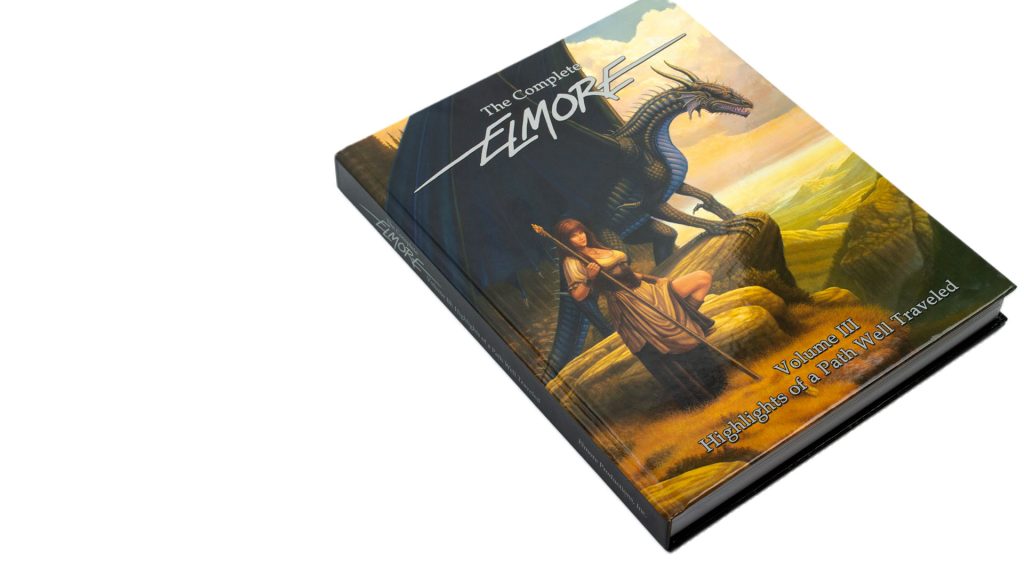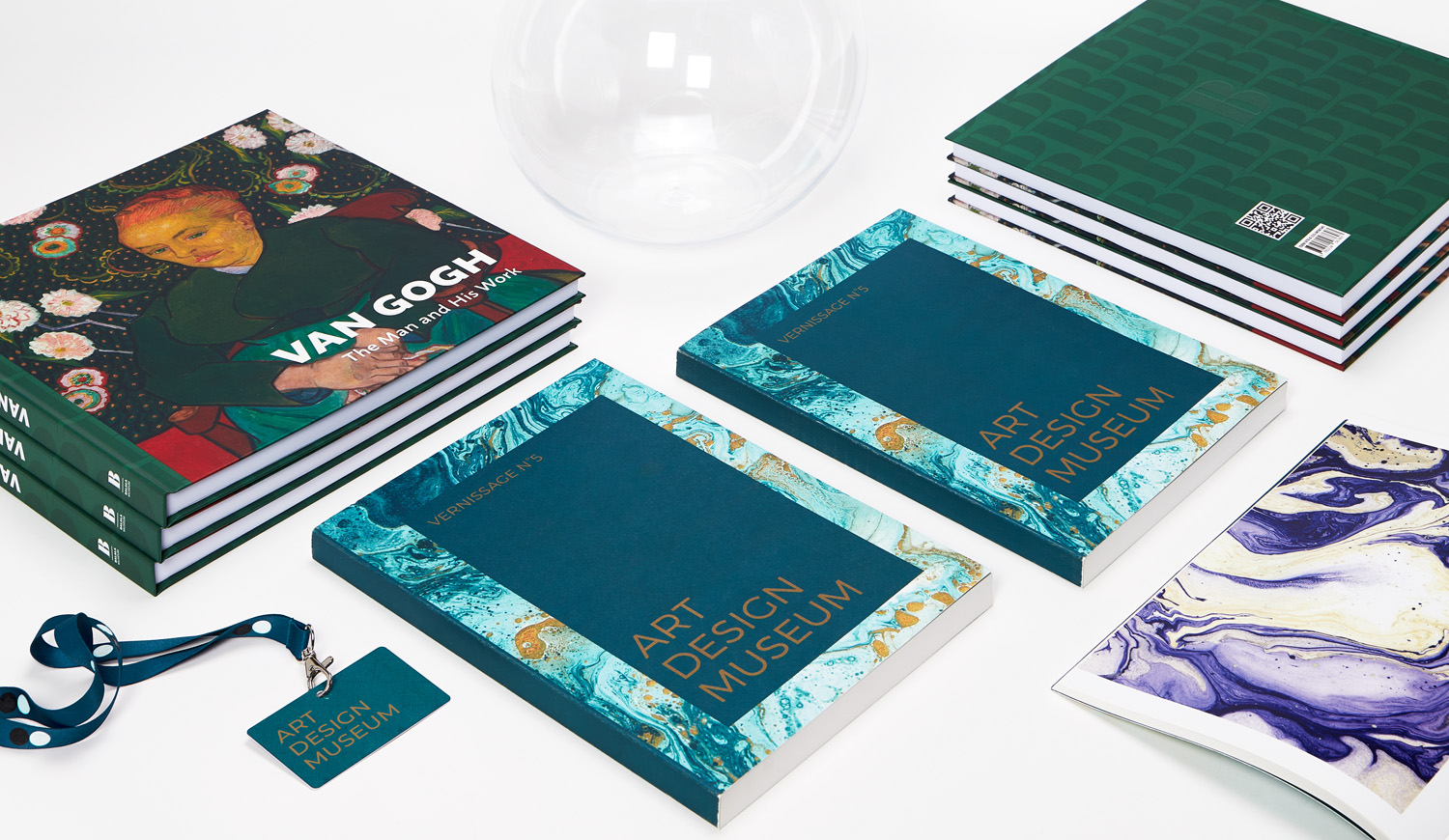Setting Up Files for CMYK Conversion in Your art book Prints
Wiki Article
Discover the Important Overview to Art Book Printing for Aspiring Artists and Publishers
As an aspiring musician or publisher, recognizing the nuances of art book printing is essential to bringing your vision to life. You'll require to take into account numerous elements, from picking the best kind of book to guaranteeing shade accuracy and choosing appropriate products. Each decision affects the last product considerably. So, what are the crucial elements you should concentrate on to create a magnificent art book that truly represents your job?Understanding Different Kinds of Art Books
When you dive right into the globe of art books, you'll rapidly uncover that they can be found in various types, each customized to various imaginative expressions and audiences. Coffee table books typically showcase magnificent visuals, perfect for casual browsing, while monographs dive deep into a private artist's job, giving context and understandings. If you're interested in specific art movements, exhibition directories supply thorough documents of programs, including essays and reviews.For instructional purposes, art guidebooks and strategy publications assist you with numerous tools and designs, making them crucial for aspiring artists. Ultimately, restricted version or musician publications blur the lines between art and literature, often integrating distinct design elements or handmade features. Comprehending these types aids you identify what resonates with you and what might ideal fit your audience. Each layout offers its purpose, and knowing their differences can improve your art book trip.
Selecting the Right Paper and Materials
Picking the best paper and products can substantially impact the overall high quality and feel of your art book. Begin by considering the sort of artwork you have. For dynamic shades and complex information, choose a shiny finish or a heavyweight matte paper that enhances visual deepness. If your work features softer tones or appearances, a natural or uncoated paper can offer a warm, inviting touch.Think of the weight of the paper, as well. Thicker alternatives typically offer a more professional look, while lighter papers can decrease printing expenses. Do not neglect about the binding materials; a sturdy cover can protect your pages and contribute to the book's visual.
Finally, think about sustainability. Green alternatives are gaining popularity and can mirror your values as an artist. By carefully selecting your paper and materials, you'll guarantee that your art book not just looks fantastic however also really feels unique in the hands of your viewers.

Choosing the Finest Printing Techniques
When it comes to publishing your art book, selecting between offset and electronic printing can considerably influence your end product. You'll also intend to take into account exactly how paper top quality influences the overall feel and look of your artwork. Allow's check out these key printing methods to locate the ideal fit for your task.Balanced Out vs. Digital Printing
While both balanced out and electronic printing have their advantages, selecting the ideal strategy for your art book can greatly influence the last item. Offset printing offers top notch photos and vivid colors, making it suitable for bigger print runs. Inevitably, your selection needs to straighten with your imaginative vision and distribution approach, ensuring that your art book reflects the quality you desire.Paper Quality Factors To Consider
Choosing the right paper top quality can greatly enhance the visual charm and tactile experience of your art book. For prints, a shiny surface can make images pop, while a matte coating supplies a softer, more subtle appearance.Following, think of the sustainability of your option. Environment-friendly alternatives are coming to be significantly preferred and can appeal to environmentally-conscious viewers. Lastly, request examples to see exactly how different documents deal with your art work, making sure the end product reflects your vision perfectly.
Ensuring Shade Precision in Your Prints
To accomplish stunning prints, you need to concentrate on shade accuracy from the beginning. You'll intend to make use of color calibration methods to validate your screen and printer are in sync. Furthermore, proofing your job before the last print run can aid catch any kind of disparities, guaranteeing your art looks equally as you pictured.Color Calibration Methods
Assuring color accuracy in your prints starts with efficient color calibration methods that aid maintain uniformity in between your digital photos and last printed items. Calibrate your monitor utilizing equipment calibration tools to accomplish the best color depiction. This confirms that what you see on-screen matches what obtains printed. Next off, choose a shade profile suited for your printing procedure, like CMYK for print products. On a regular basis check your printer's setups and keep it to prevent shade shifts. It's likewise necessary to utilize top quality paper that matches your inks, as different surfaces can significantly impact shade result. By regularly applying these methods, you'll improve the overall quality of your art prints and much better share your artistic vision.Proofing for Precision
While you could believe your electronic images are all set for print, proofing is vital for achieving shade accuracy. Prior to committing to a complete print run, always request an evidence from your printer.If changes are needed, communicate clearly with your printer regarding your preferred outcomes. Do not be reluctant to demand multiple proofs if required; it's worth the financial investment to get it. Inevitably, extensive proofing guarantees that your artwork is represented as you visualized it, maintaining your creative honesty throughout the printing process.

Designing Layouts That Enhance Your Artwork
When you create formats for your art book, it's important to contemplate how each element communicates with your art work. Go for an equilibrium in between visuals and message, guaranteeing neither eclipses the various other. Usage white area purposefully; it offers your art work room to breathe and draws attention to its details.Consider the flow of your book. Organize images in a means that guides the reader's eye, producing a narrative or thematic progression. art book. Vary the sizes and orientations of your artwork to keep the layout vibrant and intriguing
Select typefaces that enhance your art work without sidetracking from it. Keep message concise and relevant, providing context or understanding that boosts the customer's experience.
Lastly, test different formats. Publish samples to see just how the layouts convert on paper, and adjust as required. By attentively developing your layouts, you'll produce an aesthetically appealing art book that resonates with your target market.
Binding Choices for a Professional End Up
Choosing the right binding choice can greatly influence the general presentation of your art book. You'll desire to take into consideration both looks and durability when making your selection. Popular choices consist of best binding, which provides a streamlined appearance and is excellent for thicker publications; saddle stitching, perfect for smaller booklets; and spiral binding, which enables pages to lay level for easy viewing.If you're intending for a premium feeling, case binding is a superb choice, giving a tough cover and an expert appearance (art book). Do not forget the cover product; alternatives like cloth, more info leather, or a glossy coating can elevate your book's charm
Whatever choice you choose, make certain it complements your art work and boosts the reader's experience. Take your time to evaluate the pros and cons of each method, so your last product shows the top quality of your creative vision.
Preparing Your Apply For Publish Readiness
To guarantee your art book is print-ready, you'll require to pay attention to file prep work. Beginning by setting your paper dimension to match your desired print measurements. Usage high-resolution images-- 300 DPI is the requirement-- to identify sharp, vibrant visuals. Convert your data to CMYK mode, as this shade space is best for printing. Don't fail to read more remember to consist of hemorrhage areas, typically an extra 0.125 inches around your pages, to avoid any kind of white edges after trimming.Likewise, embed your typefaces or transform message to lays out to stay clear of any font issues. Save your operate in a PDF layout, as this is one of the most approved documents kind for printers. Ascertain your apply for any kind of typos or format mistakes, as adjustments can be expensive after the truth. Think about producing a proof to review before the final print run. Following these actions will certainly assist you accomplish a refined, professional art book.
Frequently Asked Inquiries
What Is the Typical Expense of Printing an Art Book?
The standard cost of printing an art book varies, however you can expect to pay anywhere from $5 to $20 per duplicate, depending upon aspects like dimension, paper top quality, and printing volume.How Can I Locate a Reliable Printing Firm?
To discover a trusted printing business, start by looking into on the internet reviews and asking other musicians for referrals. Compare quotes, examine portfolios, and communicate your demands clearly to ensure they understand your vision and quality assumptions.
What Is the Normal Turnaround Time for Printing?
The normal turnaround time for printing differs yet normally ranges from one to 4 weeks. Factors like task complexity and quantity can affect this. Always confirm with your picked printer for certain timelines and assumptions.Can I Print My Art Book in Limited Quantities?
Yes, you can most definitely print your art book in minimal quantities. Lots of art book printing firms offer short-run alternatives, enabling you to generate just the number you require, making it much easier to manage expenses and supply.What Lawful Considerations Should I Know for My Art Book?
You need to consider copyright, licensing contracts, and version launches when developing your art book. Make sure you can make use of all images and text, shielding on your own from possible lawful problems later on.Report this wiki page